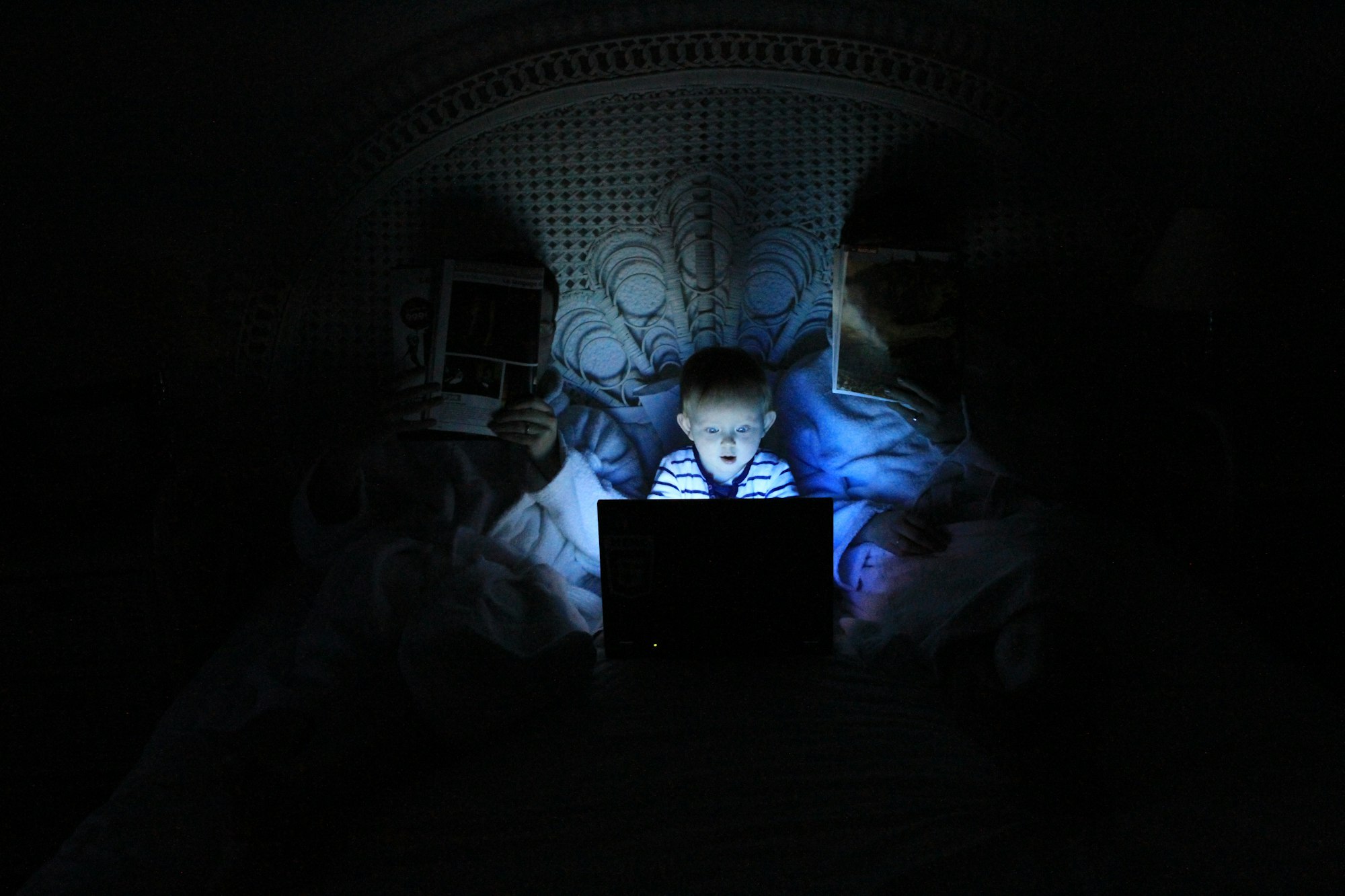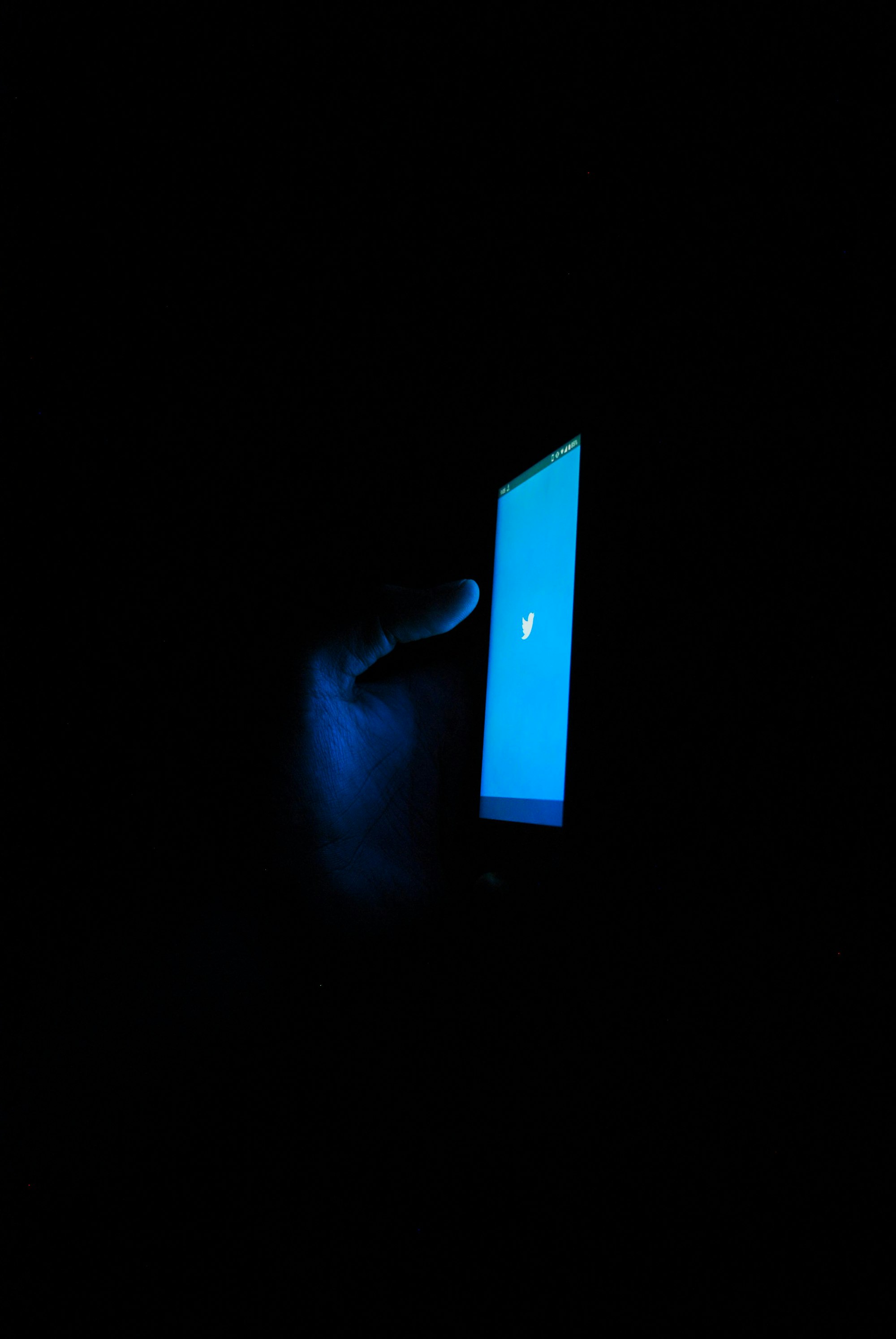Introduction
Copyright imposes exclusive rights to object to certain activities regarding a work of intellectual property. As a harmonised area of law, the copyright regime has always revealed the need to create certain boundaries in accordance with technological development. A key right that has evolved recently has been the right to communicate works to the public, with hyperlinking being one instance that have been most controversial.
Article 3(1) of the Information Society (InfoSoc) Directive[1] confers upon the Court of Justice of the European Union (CJEU) a broad remit of interpretation of the right of communication to the public, given the right’s coverage of a ‘wide range of technologies and forms of use.’[2] In light of the objectives of InfoSoc Directive, two factors must be considered: striking a fair balance between rightsholders and users,[3] whilst applying criteria adaptively to account for novel forms of exploitation.[4] This is exemplified in McFadden where the court was able balance factors, particularly freedom of information.[5] However, the practical benefit of such a flexible approach and what has been described by the CJEU as being a ‘maximalist approach’[6] toward copyright has not been realised in practice.
An inconsistent ‘public’
i. ‘New public’
The concept that secondary communications should fall within rightsholders’ control is a strongly founded principle, yet the CJEU’s interpretation of this principle is questionable. Likewise, there is a strong convention for the application of additional criteria in instances where the targeting of the public insufficiently captures acts that are worthy of protection.[7] Thus, in SGAE the equivalent notion of a ‘new public’ was introduced at EU level to cover instances of secondary communication of protected material.[8] Its subsequent entrenchment in the case-law as a ‘necessary’ and often decisive requirement for the right to engage,[9] therefore exemplifies a high degree of protection in furtherance of rightsholders’ financial gain.[10]
Hyperlinking cases
i. ‘Communication’
A hyperlink is defined as ‘a connection that allows you to move easily between […] two pages on the internet.’[11] A central issue in hyperlinking is whether there is actually a ‘communication’. There is currently a debate surrounding whether hyperlinks ‘make available’ protected content or merely facilitate the finding of works, even if directly – akin to a library directory. The hard-line decision in Svennson, whereby an ‘act of communication’ was construed as the provision of ‘direct access’,[12] appears indefensible because such a criterion would entail liability for previously benign facilitators including lending libraries. This view is supported in the opinion of the ECS, who argue that hyperlinking acts merely as a location tool and that communication would thus not be ‘of a work’.[13] This may be contrasted with the ALAI which has supported the decision on the basis of direct provision of ‘specific protected material’, regardless of whether the content is hosted by the linking party.[14]
ii. Practicality
The question of hyperlinking as an act of ‘communication to the public’ is particularly challenging as it straddles between the increasing need for the protection of online exploitation methods and the preservation of the development of new technological platforms and individual liberties. Contemporary CJEU jurisprudence has developed the communication right in an impractical manner by encroaching into the right of freedom of expression. According to AG Wathelet, linking is ‘systematic and necessary for the current internet architecture’, and thus requiring the linker to ascertain authorization would be ‘to the detriment of the proper functioning of the internet’. The CJEU aptly recognised these factors in its decisions. By contrast, straying from the AG’s Opinion can be regarded as retreating from the objective that the InfoSoc Directive outlined in Recital 2, namely that of fostering the development of an ‘information society’.[15] This is particularly impractical as it risks overregulation defeating the practical use of neighbouring technologies such as peer-to-peer and torrent systems.[16] This may be an example of where the CJEU’s wide remit has led to inherently contradictory case-law. For example, as Koo notes, in Svennson the CJEU restricted Member States from giving a wider interpretation to the communication right than Article 3(1),[17] yet the court has exceeded this maximum scope by introducing an additional requirement itself.[18]
‘Knowledge’ and ‘for profit’
In GS Media the CJEU introduced a presumption of knowledge of infringement when acting for financial gain,[19] which has subsequently been reinforced in other contexts.[20] This can be understood as being a way of pragmatically closing loopholes in a business setting where licensing fees should have been paid. Yet when viewed alongside direct and constructive knowledge for non-profitmaking actors, this reversed onus appears harsh. This is particularly so when the boundaries of profit-making are unclear.[21] It is unclear how the criterion would apply in situations where intermediaries indirectly profit such as through advertisements. As Targosz notes, fault-type liability having no historical basis in copyright theory means the decision resembles a ‘concoction of incoherent concepts’.[22] This description appears extreme given that the mechanism, according to Rosati, mitigated the consequences of its harsh application of Svensson[23] and Bestwater.[24] However, it has been applied inconsistently, for example knowledge being equated with a communication to a ‘new public’ in Ziggo.[25] The correlation with profit-making thus appears inconsistent. In FAPL, profit was considered to be ‘not irrelevant’,[26] yet in GS Media it was considered sufficient to impose a presumption of knowledge of the protected nature of a work.[27] This lack of clarity potentially jeopardises those who lie on the boundary between non-profit and profit, for example a blogger who is sponsored or has advertisements on their page.
Conclusion
Recent national law interpretation of GS Media [28] and Svensson [29] in the High Court case of Warner Bros v TuneIn Inc has worryingly indicated that the direction remains in favour of a broad interpretation for rightsholders.[30] Yet as Depreeuw warns, the court’s continued emphasis on the expansive protection of authors at the expense of clarity could entail that any exploitation will soon fall under the exclusive right, irrespective of technical and material acts.[31] It is to be expected that the complexity and weight of the communication right will only increase with future developments, therefore it is hoped the court prioritises producing a clear distillation of jurisprudential principles. In the end, the issue of hyperlinking revolves around balancing the interests of rightsholders against those of users. Weight should arguably be put in favour of internet users at the expense of rightsholders to prevent overreaching.
[1]European Parliament and Council Directive 2001/29/EC of 22 May 2001 on the harmonisation of certain aspects of copyright and related rights in the information society [2001] OJ L167/10
[2]Sari Depreeuw, The Variable Scope of the Exclusive Economic Rights in the UK(Woulters Kluwer 2014) 526
[3]See footnote 1, recital 31
[4]ibid, recital 5
[5]Case C-484/14 Mc Fadden v Sony Music
[6]Justin Koo, The Right of Communication to the Public in EU Copyright Law(1stedition, Hart Publishing 2019), 62
[7]See footnote 2, 489
[8]Case C-306/05 SGAE__v Rafael Hoteles[2007] Bus LR 521, para38
[9]Case C-117/15 Reha Training Gesellschaft fur Sport- und Unfallrehabilitation mbH v Gesellschaft fur musikalische Auffuhrungs- und mechanische Vervielfältigungsrechte eV (GEMA)[2016] 5 WLUK 69, para 45
[10]Lionel Bently et al, Intellectual Property Law(5thedition, OUP 2018) 160, 65
[11]https://dictionary.cambridge.org/dictionary/english/hyperlink
[12]Case C-466/12 Svensson v Retriever Sverige AB[2014] Bus LR 259, para 30
[13]European Copyright Society, ‘Opinion on The Reference to the CJEU in Case C-466/12 Svensson’(2013) University of Cambridge Faculty of Law Research Paper No. 6/2013
[14]Case C-607/11 ITV Broadcasting Ltd v TVCatchup Ltd[2013] Bus LR 1020, para 39
[15]Chen Saw, ‘Linking on the Internet and Copyright Liability: a Clarion Call for Doctrinal Clarity and Legal Certainty’ (2018) 49 (5) IIC 536, 546
[16]See, for example see footnote 6, 75
[17]See footnote 12, paras 33-37
[18]See footnote 6, 70
[19]Case C-160/15 GS Media BV v Sanoma Media Netherlands BV[2016] Bus LR 1231, para 51
[20] Case C-527/15 Stichting Brein v Wullems [2017] Bus LR 1816, para 51
[21]B Clark et al, ‘Theseus and the labyrinth? An overview of “communication to the public” under EU copyright law’ (2017) 39(5) EIPR 265, 269
[22]Tomasz Targosz, ‘A new chapter in the linking saga’ (Kluwer Copyright Blog, 9 September 2016, <http://kluwercopyrightblog.com/2016/09/09/a-new-chapter-in-the-linking-saga-its-becoming-a-horror/> accessed on 22 July 2020
[23]See footnote 12
[24]Eleonora Rosati, ‘GS Media and its implications for the construction of the right of communication to the public within EU copyright architecture’ (2017) 54(4) CMLR, 1221
[25]Case C-610/15, Stichting Brein v Ziggo
[26]See footnote 16, para 204-205
[27]See footnote 20
[28]ibid.
[29]See footnote 12
[30][2019] 11 WLUK 6
[31]See footnote 2, 487







